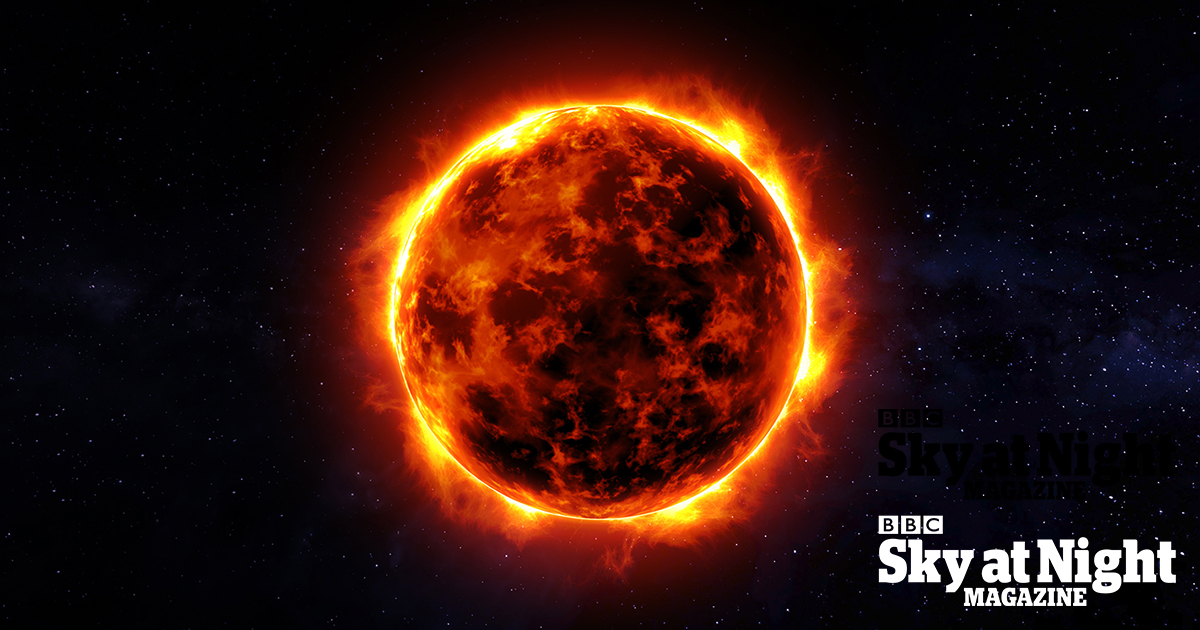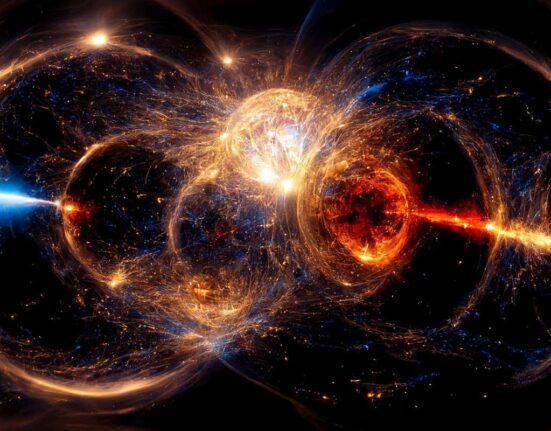Astronomers have stumbled upon a perplexing celestial phenomenon that could rewrite our understanding of the cosmos. These enigmatic entities, known as dark stars, are believed to be colossal stars in the ancient universe that derive their energy partially from dark matter. This groundbreaking discovery not only sheds light on the formation of massive stars but also provides valuable insights into the origins of gigantic black holes that peppered the early universe.
The concept of dark stars was first proposed over a decade ago by Katherine Freese and her team at the University of Texas at Austin. According to their theory, during the nascent stages of the universe, immense clouds of hydrogen and helium intermingled with a unique form of self-annihilating dark matter, giving rise to stable and massive stars. Unlike conventional stars powered by nuclear fusion, dark stars harness energy from dark matter interactions to prevent gravitational collapse, allowing them to take shape without traditional stellar processes.
For years, evidence supporting these elusive objects remained scarce until 2022 when the James Webb Space Telescope (JWST) detected a cluster of exceptionally bright and distant celestial bodies dating back mere million years after the big bang. Initially presumed to be galaxies, three of these cosmic entities exhibited striking similarities with simulations depicting dark star characteristics such as their spherical structure and luminous intensity.
Recent spectroscopic analyses conducted by Freese’s team using JWST data have further bolstered claims regarding the existence of dark stars. By meticulously comparing observational data with theoretical projections, researchers identified two additional candidates displaying features aligning closely with those expected from dark star models. Particularly intriguing is one candidate harboring traces of a distinct type of helium lacking an electron—a potential hallmark unique to dark stars.
Freese cautiously acknowledges the preliminary nature of this evidence while emphasizing its significance in unraveling one of astronomy’s most enduring mysteries. However, diverging opinions persist within the scientific community regarding these cosmic enigmas. Daniel Whalen from the University of Portsmouth advocates for an alternative explanation positing supermassive primordial stars as viable contenders devoid of dark matter influence.
Whalen underscores that existing research on supermassive primordial stars presents compelling arguments mirroring observations attributed to dark stars—a perspective overlooked by proponents advocating for dark star supremacy. The ongoing debate surrounding these extraordinary celestial entities underscores both our evolving comprehension and enduring fascination with unraveling ancient cosmic secrets.
In essence, delving into realms where darkness intertwines with light beckons us closer to deciphering nature’s most profound enigmas—as we navigate through galaxies teeming with awe-inspiring wonders waiting to be unveiled.









Leave feedback about this